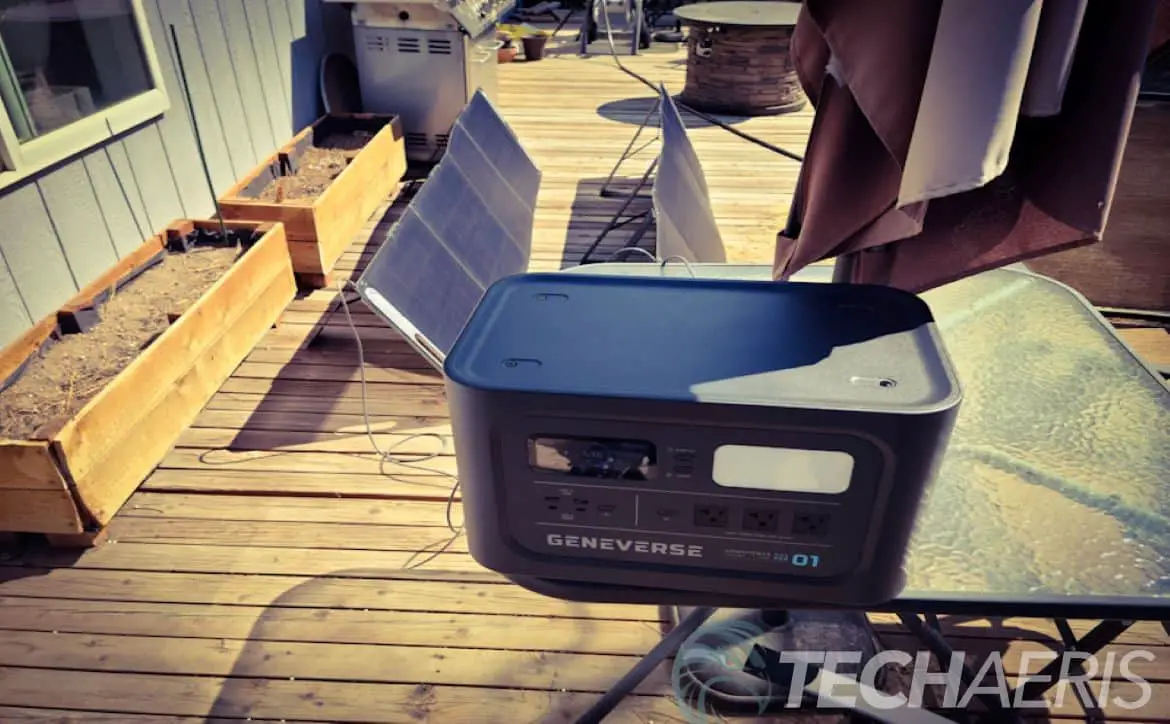
Getting power to essential electrical devices when needed can make a difference in an emergency, a power outage, or even a weekend getaway. It can help you make a meal, sleep at night with your c-pap machine, keep your oxygen machine running, keep lights on, heat going or keep the fridge cold.
There are hundreds of reasons why portable power stations, or solar generators as some call them, are quickly becoming more of a necessity than a luxury. For instance, we currently have a vast fire 60 miles from my house. Due to high winds and dry conditions, the power company shut off power to 40,000 people until conditions improve. This is where portable power solutions come in handy. Geneverse has launched two new options to help keep you up and running, the HomePower ONE PRO and the HomePower TWO PRO. The difference comes down to capacity, rated power, and surge power. We will be looking at the HomePower ONE PRO unit and the kit that ships with a pair of 200w portable fold-out solar panels that they dub their SolarPower 2. Let’s get to it.
Table of contents
HomePower ONE PRO Specifications
The Geneverse HomePower ONE PRO has the following features and specifications:
Battery Specs
- Capacity: 1210Wh
- Type: Lithium Iron Phosphate (LiFePO4/LFP)
- Cycle Life: ≥3000 cycles
Outputs
- AC Output: 3X 120v outlets powered by a 1200W sine-wave inverter with a surge rating of 2400W.
- USB-A Fast Charge: 2X QC 3.0 USB-A: Qualcomm Quick Charge 3.0, 5-6.5V/3A, 6.5-9V/2A, 9-12V/1.5A
- USB-C Output: 2X USB-C: PD 100W, 5V/3A, 9V/3A, 12V/3A, 15V/3A, 20V/5A, 100W Max
Inputs/Charging
- AC Charging Input: 800W Max, 9.5A
- Solar Charging Input: Supports 17.5V-54V, 10.5A, 400W Max each (21A, 800W in total)
- Car Charging Input: Supports 11.6V-17.5V, 8A Max each (16A Max in total)
- Charge Controller: Built-In MPPT (Maximum Power Point Tracking)
Additional Details
- Charge Time: AC 1.5 hours to 80%, 2.5 hours to 100%. Solar (800W input) 1.5 hours to 80%, 2.5 hours to 100%. Car Outlet 11.5 hours to 80%, 14.5 hours to 100%.
- Connection: Wi-Fi
- Net Weight: Approx. 38lbs
- Dimension: L 17.83″ x W 11.02″ x H 11.79″
- Operating Temperature (Charging): 32°F ~ 104°F
- Operating Temperature (Discharging): 14°F ~ 104°F
Safety Protection
- Over Charge Protection
- Over-Discharge Protection
- Short Circuit Protection
- Over Current Protection
- Over Voltage Protection
- Over Temperature Protection
What’s in the Box
- 1X HomePower PRO Backup Battery Power Station
- 1X AC Charging Cable
- 1X Car Charging Cable
- 1X Accessory Case
- 1X User Manual
Design (HomePower ONE PRO)
The Geneverse HomePower ONE PRO design is similar to many brands on the market. Across the front, you find your information screen on the top left. It is bright, clear, and easy to read. You will find all the usual bits of information from battery charge percentage, input and output watts, and approximate hours remaining at the current power draw.
To the right of the display, you have two buttons, one for turning the display on or off and one for the light.
The light on the Geneverse HomePower ONE PRO is one of the largest ones I have personally seen. It measures roughly 4.62″ X 2.25″ and offers three lighting options. Low uses 3w of power and gives plenty of light for a small room. High uses 7w of power and easily lights a master bedroom or small living room. The third option is SOS; this also uses 7w of power, and the light flashes SOS in mores code. Being as bright as it is, the SOS function in low light could help rescuers find you quite easily.
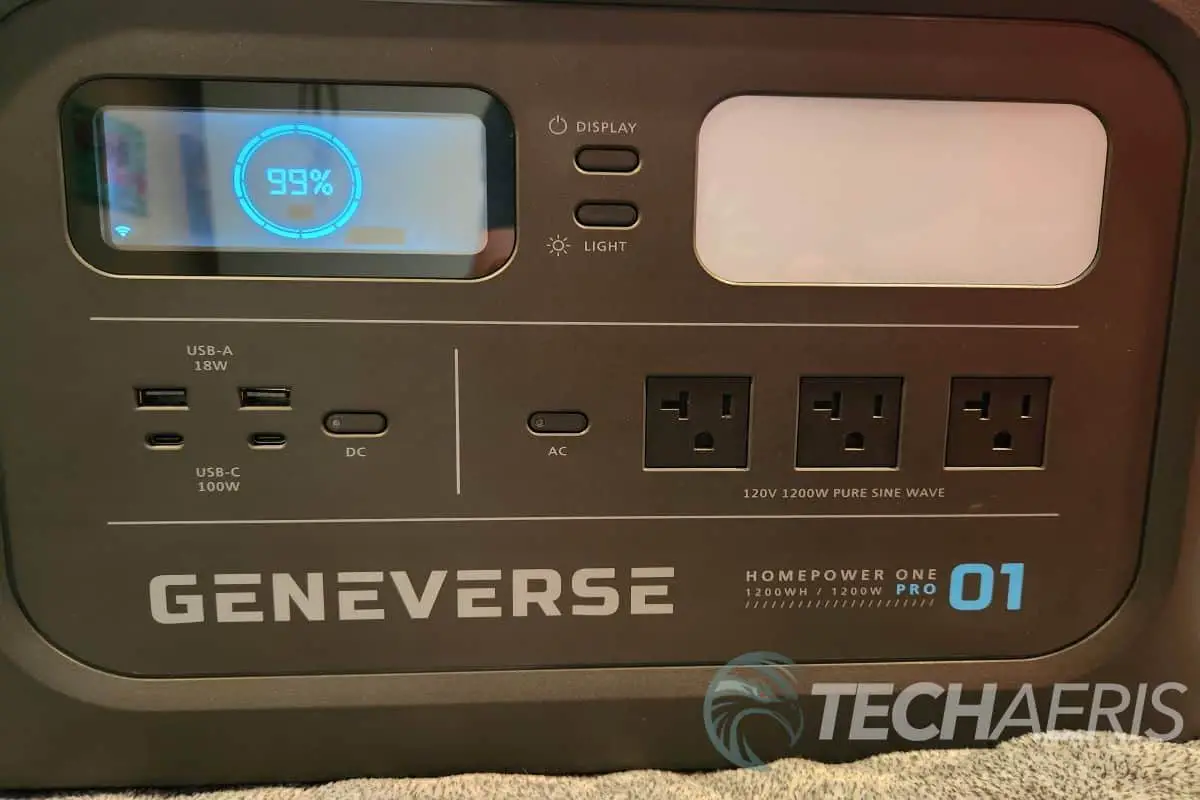
Next, we have your DC outputs. You have your two QC 3.0 USB-A ports with your two USB-C PD 100W ports below them. To the right is your power button for operating the DC ports. There is a small light on the button, so you can see whether it is on or off.
You find another small power button to turn the inverter and AC plugs off and on to the right of the DC ports. To the right of the button are your three AC plugs which are 120v outlets powered by a 1200W sine-wave inverter with a surge rating of 2400W.
The sides of the unit offer tucked-in handle’s to help you transport it to where you need it. Below the handles are your fan vents to keep the internal electrical components cool while in use and while charging.
On the rear, your charging ports are covered by a small rubber door. The right side is your AC connection, and the left side is your car/solar input ports.
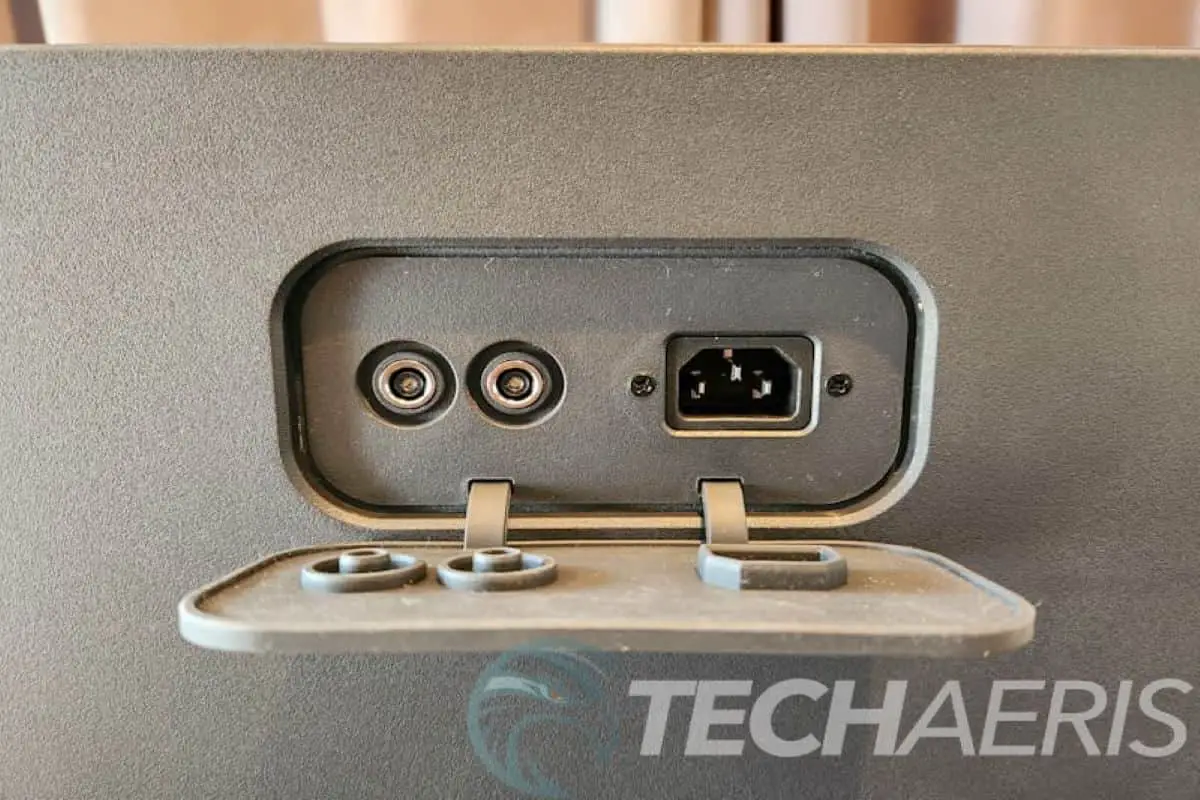
The top is concaved slightly around the edges and flat in the center. It appears that it is designed for stacking multiple units if needed, or at the very least, better storage and transportation. It does make for a great flat spot to put your phone, tablet, or laptop while charging. I am surprised with the flat design that they didn’t add a wireless charger for your phone.
The bottom offers up two large rubber feet that prevent it from sliding around as well as protection against scratching surfaces you may set the unit on.
Ease of Use (HomePower ONE PRO)
One of the great things about power stations is how easy they are to use as a whole. The Geneverse HomePower ONE PRO is as easy to use as the outlets in your house. You are off to the races if you can plug in a toaster and hit a power button. They didn’t overly complicate the front of the device; all the ports are clearly labeled and easy to access.
In the HomePower ONE PRO box, you get the carry case for the cables to charge it via AC (wall outlet) or DC (12v cigarette plug). Plugging the device to charge is just as straightforward as connecting devices. The AC cord measured in at 15 feet, and the DC plug measured in at 7 feet. Both are plenty long enough to reach an outlet without much effort. In our case, we also received a pair of SolarPower 2 solar panels. They came with their own proprietary cables in the carry bags of each panel.
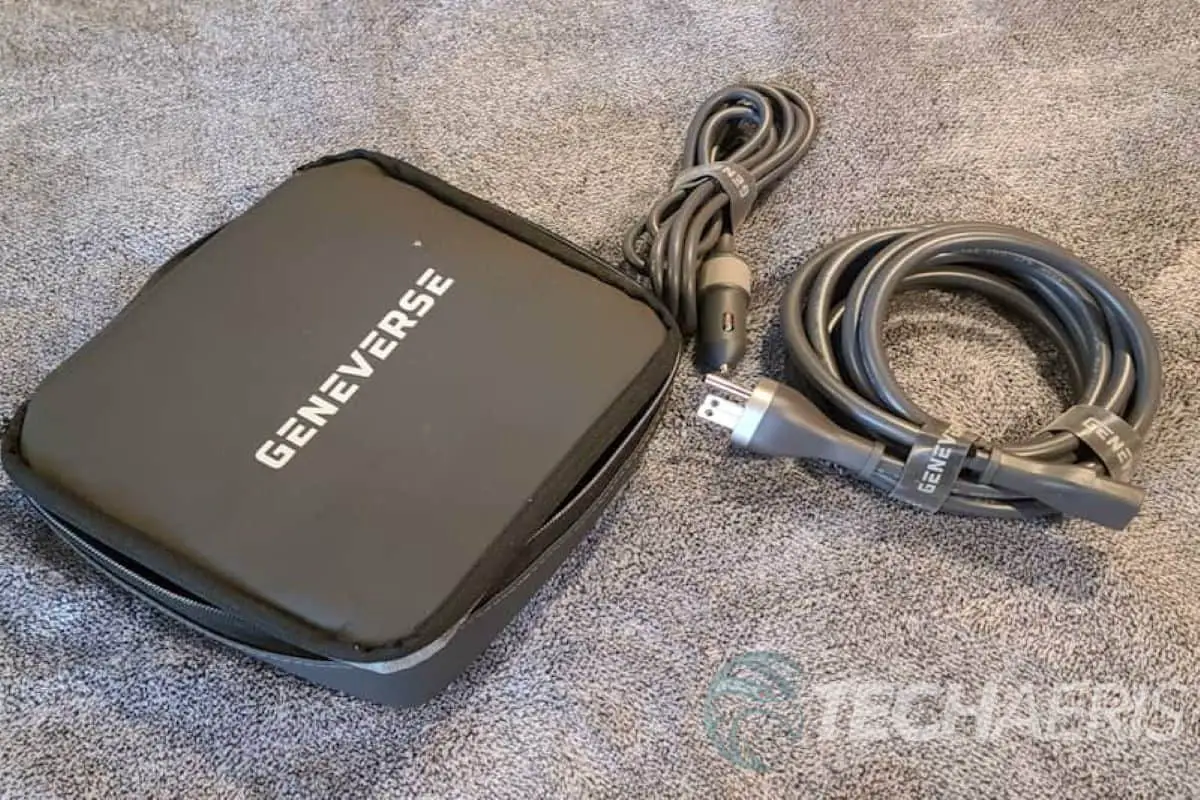
The display gives you all the information you will need to know at a glance. The center of the smart display shows you a battery percentage in digital form as well as a blue circle that depletes as your battery drains. You get hours remaining estimation, watts out, watts in, hours until fully charged estimation, and Wi-Fi and Bluetooth icons for connectivity. You will also see indicators if the temp gets too low, too high, or if there was a malfunction in the unit.
I took the HomePower ONE PRO over to a few friends’ houses who are less than technical, and none of them had any issues making it function or any trouble understanding what the display was telling them.
Performance (HomePower ONE PRO)
With a rated power on the inverter at 1200W and a surge of 2400W, you are going to get pretty solid performance for most of your base needs. Obviously, the needs of each person can vary widely, and even the needs on a day-to-day basis can vary. In my case, I have two primary uses for this type of system, power outage/emergency and camping. I need the system to be safe, easy to use, and reliable.
The ONE PRO has a lot of safety features built-in. Some are a little more difficult to test as a general consumer. I did what I figured might happen, though. For instance, it has overcharge safety protection. I left it plugged in for a few days and never had overheating issues or anything weird happen. I drained it to zero and was able to charge it without issue. I also purposely attempted to run electronics that I knew were over the 1200W rated continuous power, and the ONE PRO didn’t hesitate to shut down to protect itself. I am confident that the other safety features work as designed.
The HomePower ONE PRO offers an ACPS (Automatic Continuous Power System) feature. This allows the ONE PRO to charge the battery at the same time you are powering your devices. I plugged a fan in, then plugged in the ONE PRO and turned the fan on. The battery started charging without issue, and ACPS appeared on its display. I unplugged the ONE PRO, and the fan continued without fail. I also opened the app and turned off charging from AC to make sure the fan would stay powered, and it did. From there, I made sure the mobile app would switch the AC ports off and on. It worked exactly as it should.
If the power went out, the fridge would be the first thing on my mind. Food is expensive, and losing everything in my fridge/freezer would be expensive to replace. I own a Hisense French Door Fridge/Freezer and figured I should have no issue powering it for a day. After digging into the specs of the fridge, I learned that it chews through power. I obviously didn’t think about that when I bought it. I ran the fridge for 4 hours and saw fluctuations from 4W-277W. According to Hisense, the average hourly watt consumption should be around 72W an hour, and it seems like I was about 70W. If that is the only thing running and we aren’t opening and closing it too many times, the HomePower ONE PRO should be able to run the fridge for roughly 14 hours without additional power inputs. With any luck, I’ll have some sunshine and can feed it solar power too.
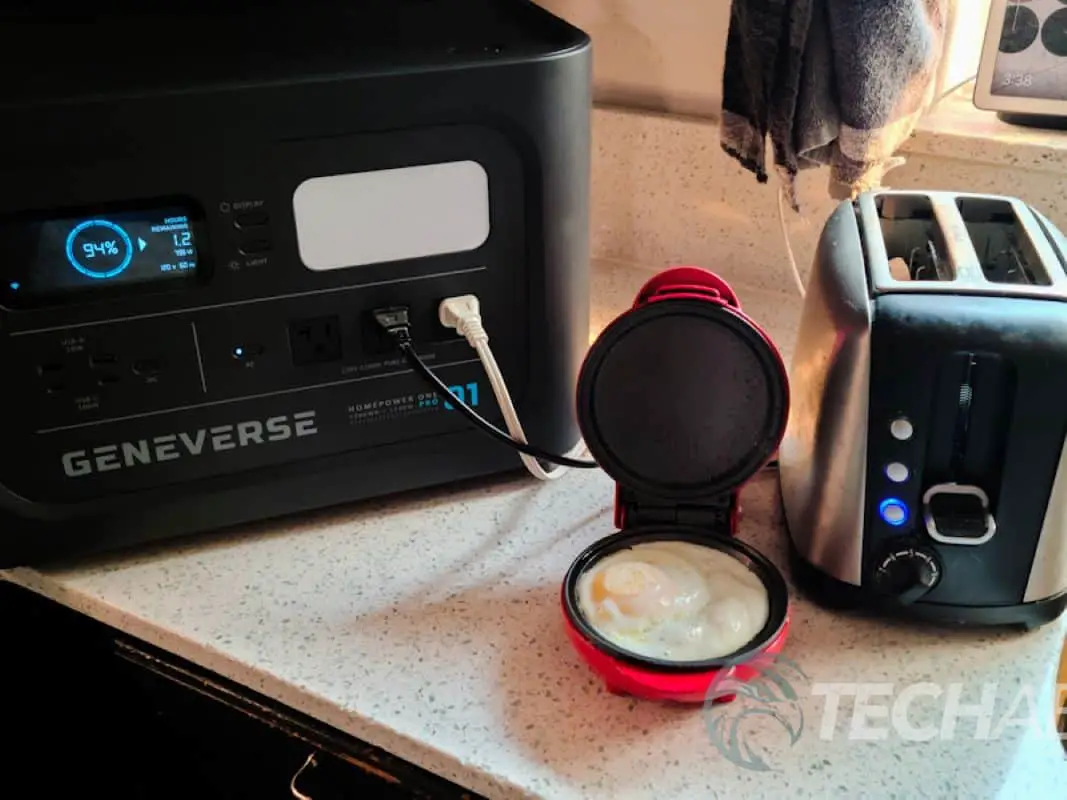
Other kitchen items tested to keep the family going were pretty basic gadgets that I would most likely use if the power was out. I made some toast in the toaster and got a rating of 792W. I made a fried egg on a small electric griddle from Wal-Mart and used 516W. I also made some rice in the pressure cooker that pulled 909W and drained roughly 15% of the battery. I gave the AirFryer a shot, but it pulled over the 1200w and shut down as I had anticipated. Anything that generates heat will use a lot of power. While some of those numbers seem like a lot, like the toaster, it is only running for a few minutes. Yes, it pulled the ONE PRO down a few percent on the charge, but I could make a lot of toast before it died.
Moving to the living room, the HomePower ONE PRO had no issue powering the TV, cable box, light, and a free-standing fan. All hooked up together, they pulled 168W. If I turned off the light and fan, about 67W. So entertainment and lighting will be no issue. +
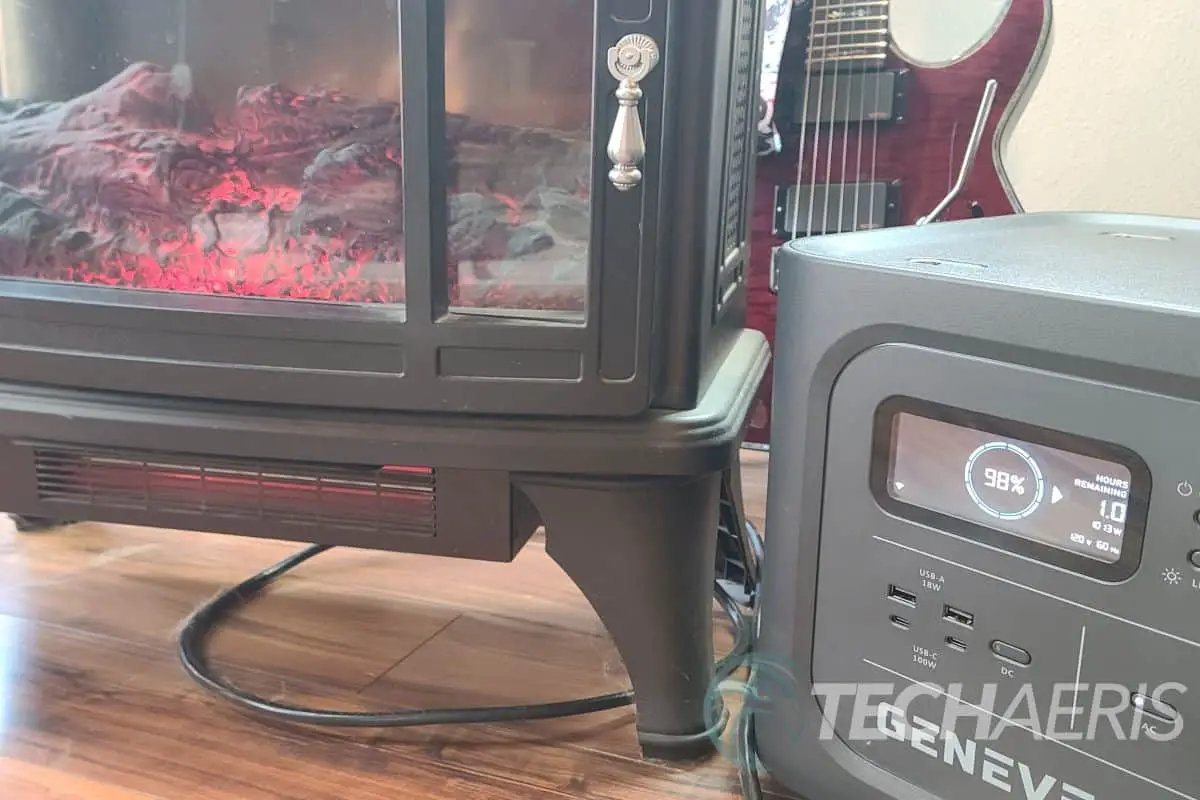
Moving to the bedroom, I used it to power my wife’s faux fireplace heater, which pulled 1013w on high. I got it down to 800w, lowering the fan and killing the fireplace-looking lighting effects. I plugged in our heated blanket and set it to 8 out of 10, and it comfortably pulled 160W. We don’t have a wood stove or fireplace yet, so it is nice to know that in an emergency in the cold, we can stay warm for a little while if needed.
While on vacation, we charged our phones, tablets, laptops, and headphones for four days without an issue and had plenty of power left over. I even left the light on low for a few hours as a nightlight for my son. The LED is very low wattage, coming in at 3W on low and 7W on high. Most of our devices are Samsung, and the 100W USB-C PD ports put out the power to charge the phones at “super fast charging” speeds, around 20w. Utilizing the same ports for my Samsung Galaxy Book 2, it pulled 55W. Those of you that may have MacBooks or iPads that need that high USB-C PD output will find it very handy.
I ran a basic drill in the garage that pulled 180W and a jigsaw at 233W. The Skill saw shut it down, though, because it is a 13A device and the math on power for that one is 13 X 120V = 1560W. It kicked on but stopped quickly. For giggles, I connected my Peavy Centurion amp connected to a 4×12 stack and effects peddle to rock out for a bit too. It only pulled 23W. I am oddly excited to be able to take that to the woods and rock out.
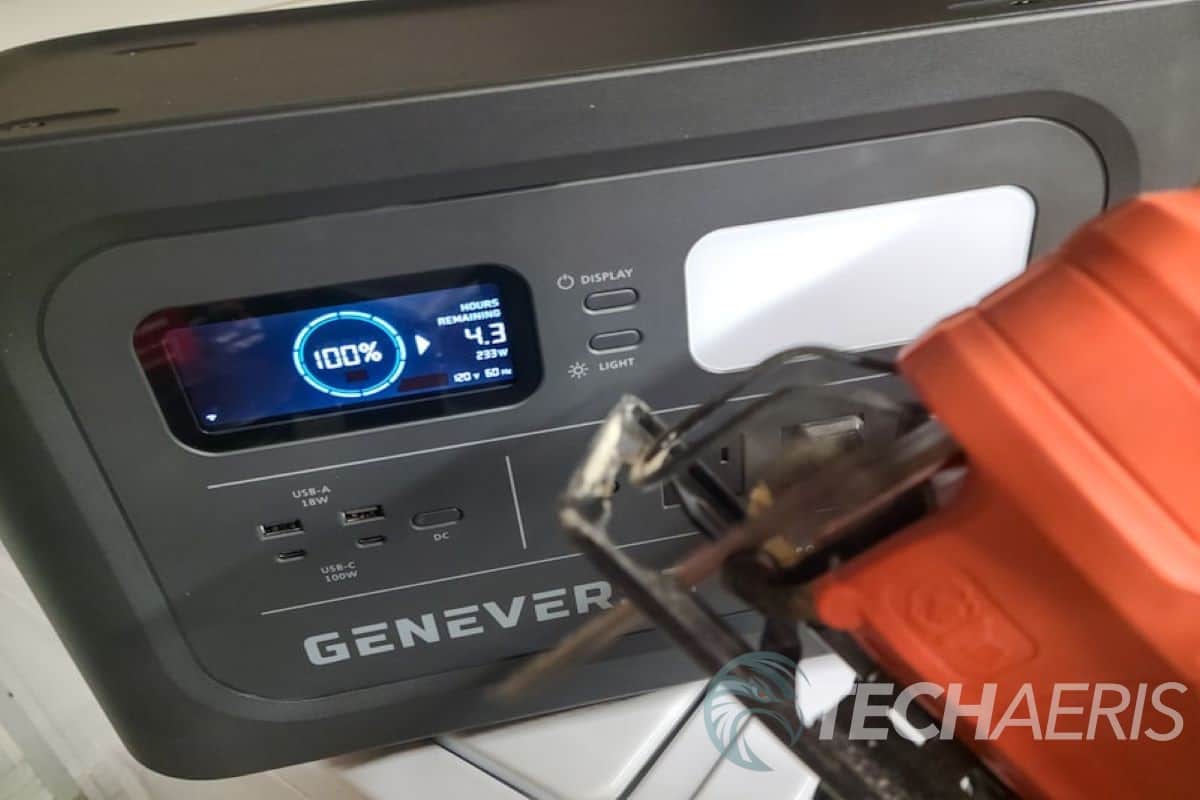
Overall, the HomePower ONE PRO is a pretty versatile unit and can get you the power to many devices anywhere you need it. Be mindful of the devices you need to be powered and the amount of power they consume so you don’t run into any disappointments.
Battery Life
There are plenty of variables that can alter the performance of battery life. We know the HomePower ONE PRO houses a 1210Wh LiFePO4 battery system with six built-in protection modules in the battery management system (BMS). That amount of battery power paired with a 1200W pure sine-wave inverter gives you a lot to work with. Understanding what you want to run will determine your battery life.
The basic math on how long it will handle your needs is working time = capacity (Wh) X 0.85 / operating wattage. In my fridge situation it would be 1210Wh X .85 = 1028.5 / 72Wh = 14.28 hours. It could be a little more; it could be a little less. Run the math on the electric blanket, and you get 6.42 hours of usage since it was pulling 160W. That time is easily extended if you lower the heat, retain the heat under another blanket, and turn it off after it warms up.
The display offered rough estimates of how long your battery would go before it reached zero, and after doing some general math, it seemed pretty accurate. I ran a vacuum cleaner, and the HomePower displayed 1 hour until it would be out of power. I started a timer, and the unit flashed low battery and powered down at 1 hour and 3 minutes. Accurate enough for me.
Charging the HomePower ONE PRO is probably the quickest charge I have seen yet. With the built-in Maximum-Power Point Tracking (MPPT) charge controller, I saw speeds of 800W+ input from the AC charging side. You can get a full charge in under 2 hours if all it is doing is charging up. You can expect 3-4 hours with a full 4X set of SolarPower 2 panels. Charging via the car outlet will be quite a bit longer, with anticipated times of 11.5 hours to 80% and 14.5 hours to 100%. Those times are largely due to the watts rating of the output of your vehicle (usually around 96w). In a pinch and during a road trip, gaining some power will be better than none.
You don’t need to purchase the kit with the panels to get the most out of the HomePower ONE PRO. However, if you do, you will save a little time, research, and additional cable purchases. Let’s take a look at the panels’ specs and my experienced performance.
SolarPower 2 Specifications
What’s in the Box
- Number of Solar Panels:
- 400W: 2X 200w Solar Panels
- 1X 10-feet (3-meter) Output Cable per panel
- 1X 2-to-1 Adapter Cable
- 1X Protection Cover per panel
- 1X User Manual
Dimensions and Weight
- Dimension (folded): L 24.2″ x W 21.3″ x H 1.97″ (61.5 x 54 x 5 cm)
- Dimension (unfolded): L 91.3″ x W 21.3″ x H 0.98″ (232 x 54 x 2.5 cm)
- Weight: 17.64 lbs (8 kg)
Solar Cells
- Type: Monocrystalline
- Number of Solar Cells: 64 cells per solar panel
- Transformation Efficiency (EFF): ≥23.4%
Power (Per Panel)
- Max Power (Pmax): 200W
- Open Circuit Voltage (VOC): 23.2V
- Short Circuit Current (ISC): 11.76A
- Max. Power Voltage (Vmp): 18V
- Max. Power Current (Imp): 11.12A
Design (SolarPower 2)
The SolarPower 2 Panels consist of 64 Monocrystalline calls and are made from Ethylene Tetrafluoroethylene (ETFE) material that offers similar light transmission to glass but is 1% of the weight of glass. They are IP67 waterproof rated and designed to handle all weather conditions. An IP67 rating is protected from total dust ingress and is Protected from immersion between 15 centimeters and 1 meter in depth. To make it super simple, they can be exposed to dust, rain, and other elements and function as intended. Being that they are foldable and portable, they aren’t designed to be full-time outside panels, though. I would only set them up to charge the HomePower ONE PRO when needed.
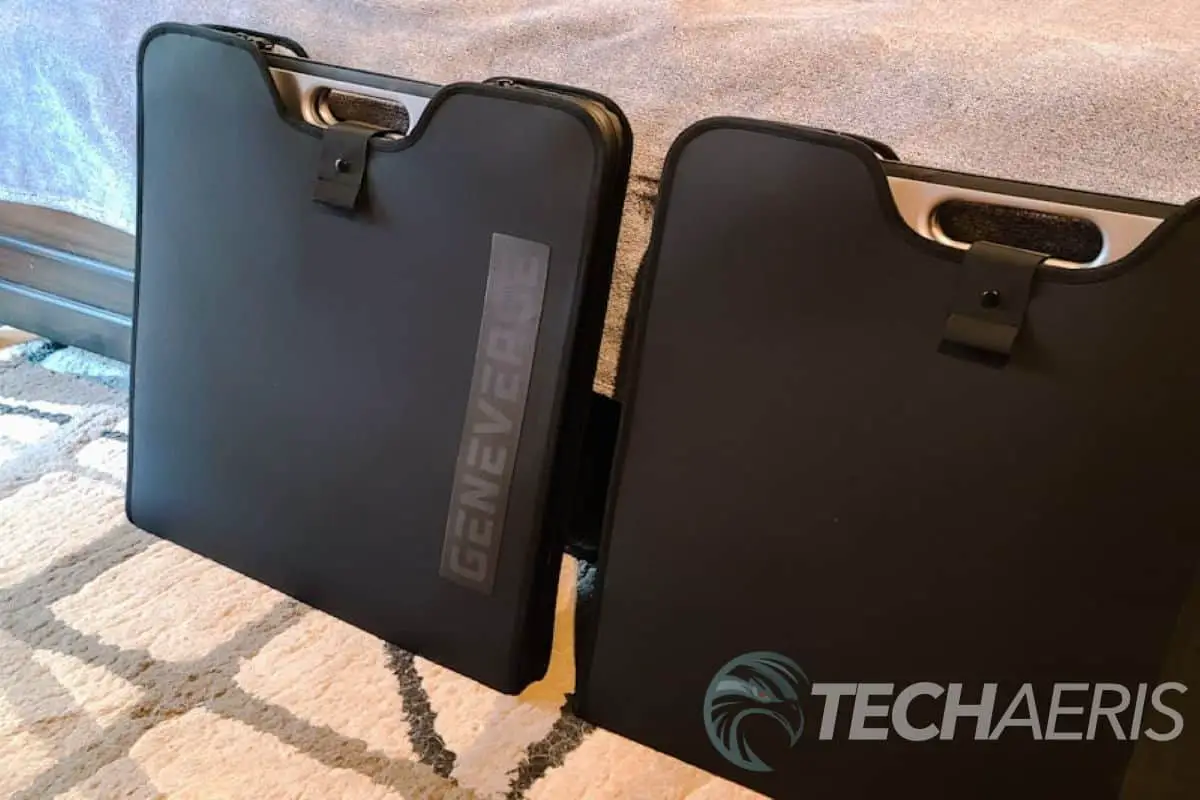
The panel is suitcase style and is folded up in a 1/4 fold that is 21.3″ long. Unfolded, that puts you sitting at 7 feet 5 inches. They take up a decent amount of space but aren’t terribly difficult to maneuver by yourself. On the back of three of the panels, you find the support legs to prop the panel up towards the sun. They are held against the back magnetically and won’t flop around when you pull the panel out or prepare to set it up. The magnets are plenty strong. The legs are riveted to the top of the panel in 3 places to make a very sturdy bond, and there is a series of elastic straps that pull them in to keep the panel elevated.
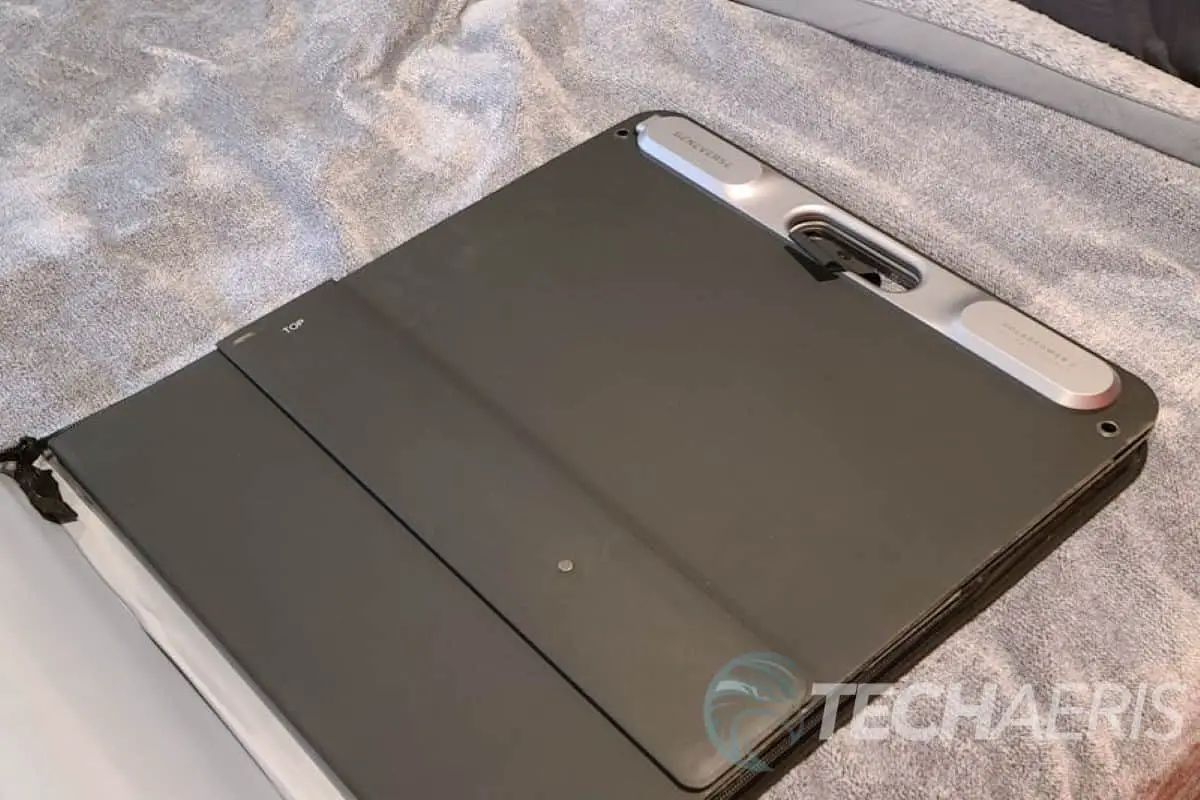
The carry bags in which the SolarPower 2 panel comes are dual zippers, and the exterior feels like a thick PVC-type waterproof material. The zippers are very rigid with heavy-duty zipper teeth. The panel handles sit upright, and a strap with a button goes through the handles to further secure the panel inside and make carrying a bit easier. On the inside of the case, there is a zipper pouch to keep the included 10-foot charge cable handy.
Ease of Use (SolarPower 2)
The SolarPower 2 fold-out panels are just as straightforward as the rest of the system. They come in a very clean and very nice case to protect them from damage during storage or transportation. The internal zipper pocket keeps the cable close at hand, so you don’t have to remember where you put them.
The panel folds out in fourths, and being that they weigh 17.64 lbs, they are a bit awkward to get unfolded the first few times you set them up. The more you set them up, the easier it becomes. Once unfolded, you pull out the legs to prop them up and angle them towards the sun. The legs are held to the back of the panels magnetically, which helps keep them out of your way until you want to pull them out. They label which side is the top for you, so you don’t have to play the USB-A game where you rotate it four times to get it right.
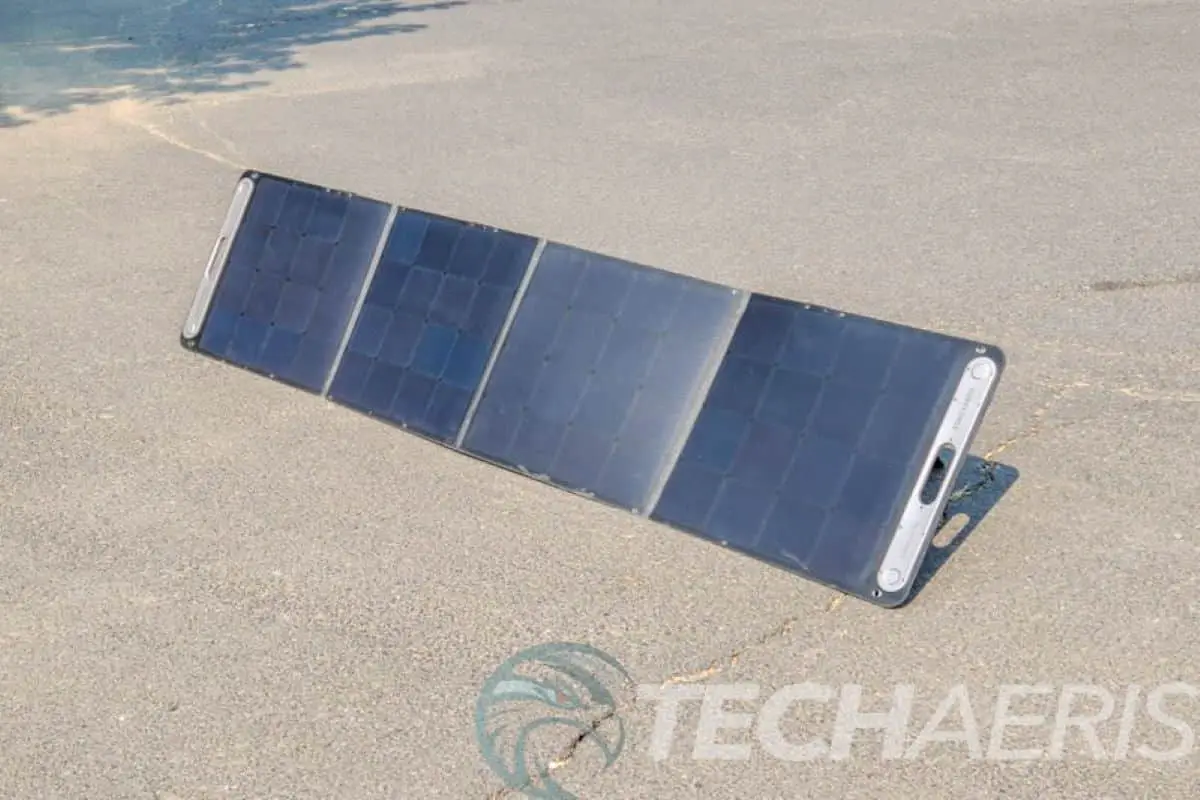
Plugging in the charging cable to the panel is easy. The port has a notch that matches the cable, and a quick glance will be all you need to get it right the first time. The cable runs to the rear of the HomePower ONE PRO and connects with an 8mm barrel plug. I would have liked to see Geneverse be a bit more standardized and use an MC4 connection to allow more cross-compatibility with the panels, though.
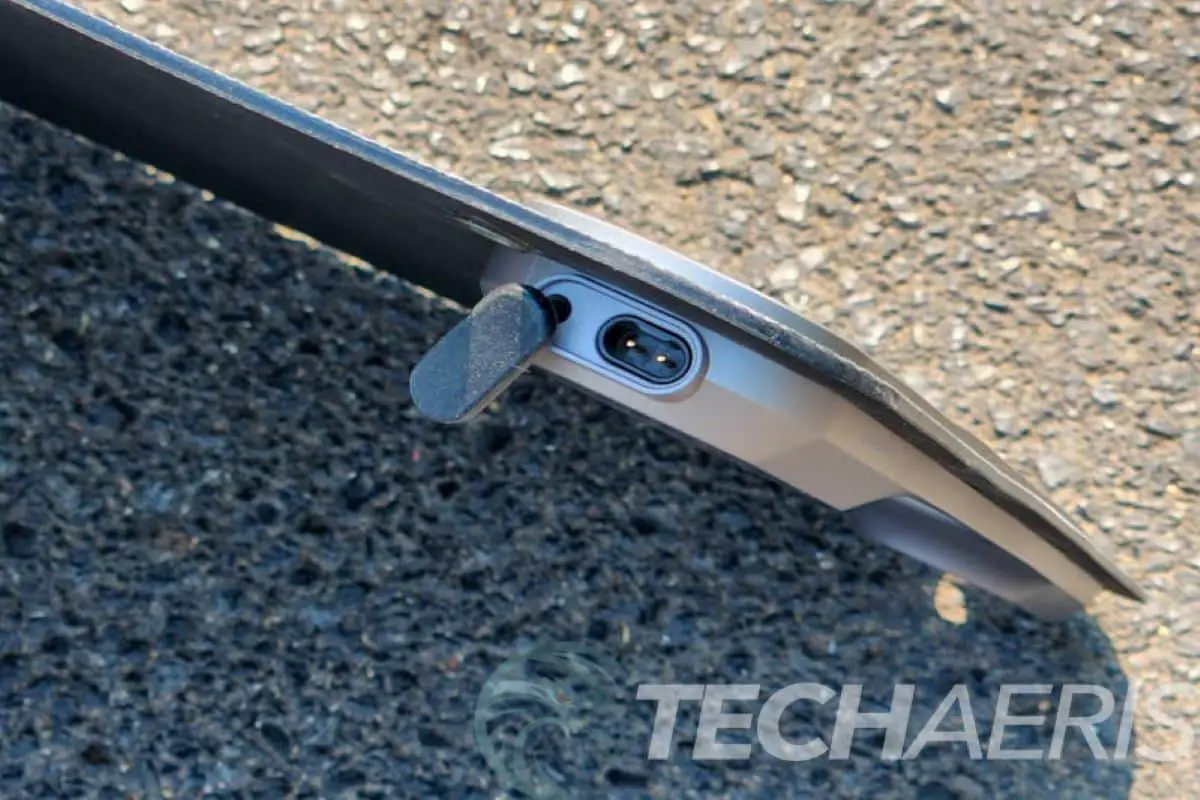
Performance (SolarPower 2)
The SolarPower 2 panels are rated at 200w per panel. In our review, we had a pair of SolarPower 2 panels that gave us a total of 400W. When connecting more than one panel to the HomePower ONE PRO, you will use Geneverse’s 2-to-1 converter. That frees the other 8mm port for another panel or set of panels. I used them a few times a week to recharge the ONE PRO and consistently saw 250W-300W input without putting much effort into the angle of the panels. Most of the reading and solar panel information I have found all points to a 25% decrease in actual watts being pretty average. The user manual for the SolarPower 2 states a “Transformation Efficiency (EFF): ≥23.4%”. I imagine I could squeak a little more out of the panels if I really tried to get it 90 degrees to the sun on a perfect day. Being late September can also factor in solar intensity and location. On the shorter end of 250w, the panels should charge the HomePower ONE PRO from 0% to 100% in about 5 hours with no output pull on the device. You would be looking at about 3-3.5 hours from 0% to 80%. If you were to add another set of panels, you would be looking at around 3 hours.
Ease of Use (Software/App)
There is an app available to help you monitor, control, and better manage your HomePower ONE PRO. It pairs up via Wi-Fi or Bluetooth. The benefit of a Wi-Fi connection is access to the unit where ever you are. You will need to be within Bluetooth range otherwise.
Geneverse gives you a plethora of information and various options inside the app. You will get the same readout that is on the unit’s primary display in terms of current charge level, hours to full, hours remaining ect. . You will also have control to turn on or off your AC and DC input/output ports and turn the LED off and on.
Geneverse goes quite a bit deeper, though. You are able to set up timers for both your input and output ports. Say you want the AC output ports to turn on at 6 P.M., so a light comes on before you get back to your cabin, you can. You can also set timers to charge at certain times. I set a timer to turn on the DC ports at 5 a.m. and left my laptop plugged in. The ONE PRO turned the port on as intended, and my laptop was charged and ready to go when I woke up at 7. The timers for charging and pushing out power are nice features if you will be using the unit consistently or for some sort of specific need where a timer would be a big benefit.
Also, you can adjust your charging settings in the app’s options. You can enable fast charging mode to charge at the fastest possible speed based on the input power you provide. For instance, the AC power charge rate for the PRO ONE is 800w. The fan will kick in and be rather loud while it pulls the power in, but as fast as it charges, it shouldn’t be too much of an inconvenience if you need the unit fully charged quickly. You can charge in Quiet Mode if speed is not needed, which helps keep the fans off. They include two more options for Battery Settings, Normal and Battery Saving. Under the latter, the unit will stop putting out power at 15% and stop charging at 85% and is geared towards getting the longest life out of the batteries as possible.
Under Usage Statistics, you can break down your usage. If you plan to use it to power a small shop, she shed, man cave, or some other use that would require monitoring, it offers some good info from input power to output power The graph breaks down the information by Day, Week, Month, and Year. Under day you can see a timeline of the usage and see your spikes. The same goes for the remainder of the options; week shows usage by day, month by week, and year shows by month. Very interesting statistics to have on hand if you want to keep usage down or track your solar input power daily.
Overall, the app is straightforward, and no one I handed my phone to had any issue using it or understanding it.
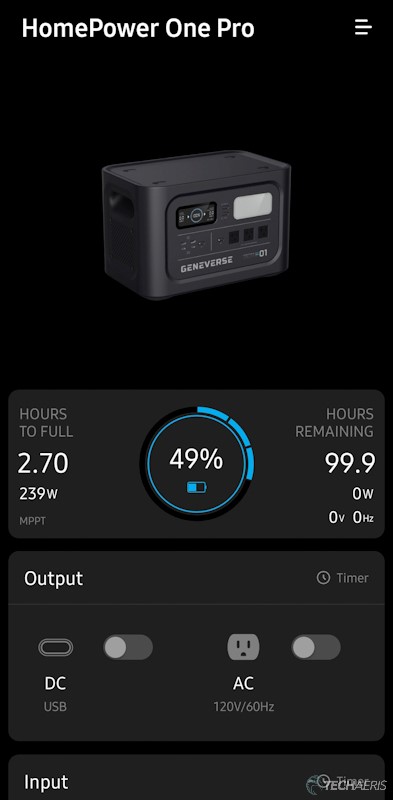
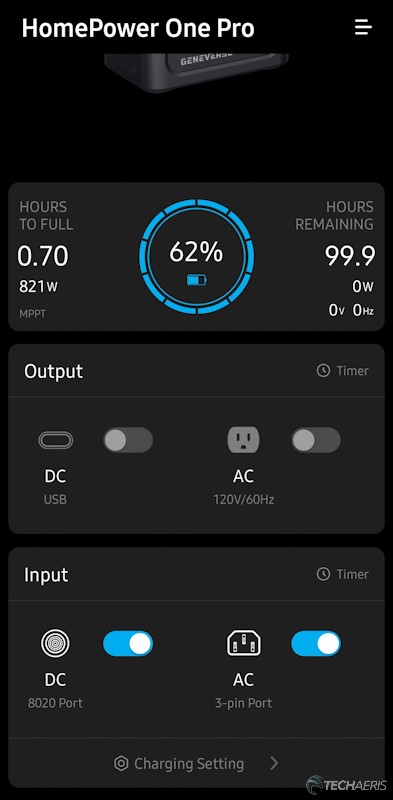
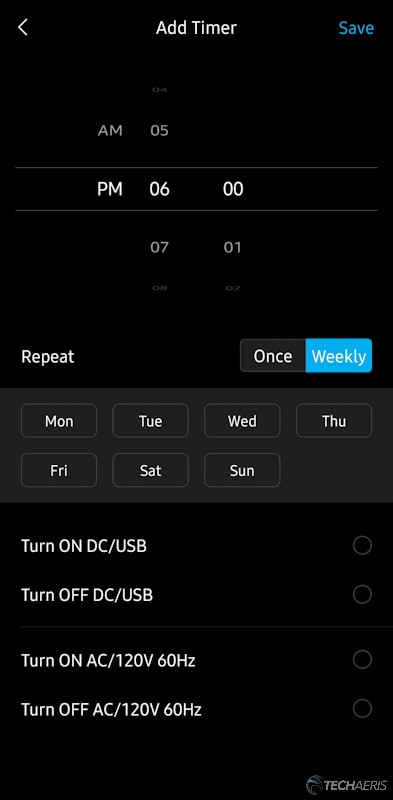
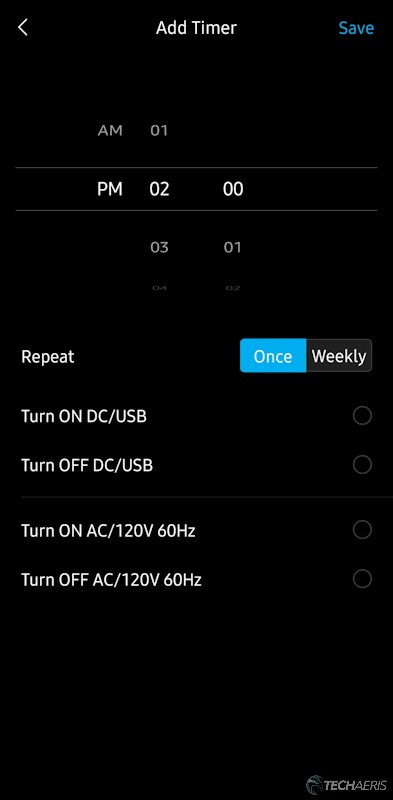
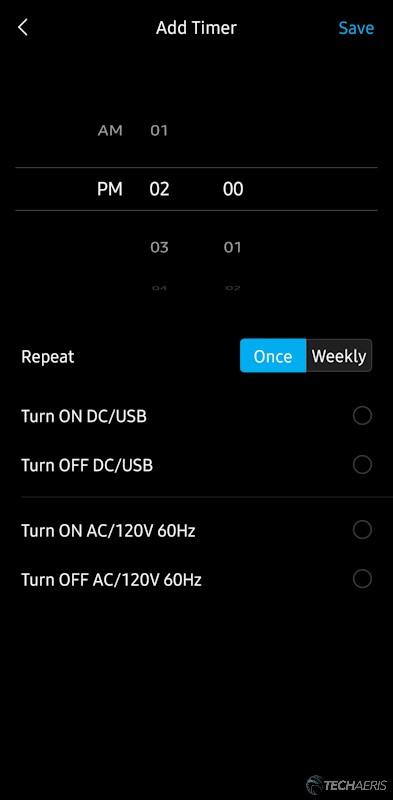
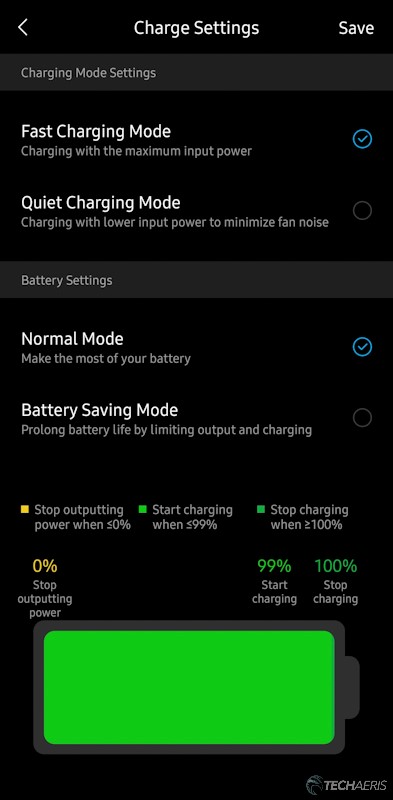
Price/Value
LiFePO4-based systems are on the higher end of the spectrum when looking at portable power stations. They have plenty of benefits that can make the cost a little easier to swallow. For instance, they have a 3,000+ recharge cycle rating before they could drop to 80% capacity. Compare that with the standard Li-Ion systems that run for 300-500+ recharges. Gaining 6 times the life span certainly creates a higher price point but is where much of the value resides. Additional value-added aspects of the system are that Geneverse puts every unit through a 52-point reliability and safety test and backs their product with a 5-year warranty. Much of the competition only offers 2-year warranties, with a few giving three years.
As a consumer, you are looking at a couple of price points based on your needs. The HomePower ONE PRO as a stand-alone unit is currently $1499 (Geneverse / Amazon), whereas the HomePower TWO PRO is $2,499 (Geneverse ). This particular kit with the 400W SolarPower 2 panels is on sale for $2,599 at the time of publishing (Geneverse / Amazon). This isn’t your weekend warrior product, but certainly, something to consider if rolling blackouts, heat waves, travel, or off-grid living is part of your life. As of late, it certainly seems like all of the above are part of many of our lives.
Wrap Up
The HomePower ONE/TWO PRO does lack a 12v cigarette lighter power port and/or a wireless charging pad. I understand Geneverse is targeting portable home use with the HomePower ONE/TWO PRO. Still, the ability to plug in DC fans, fridges, car chargers, and other devices would have been an added bonus. They make various adapters to gain such a plug through USB and are relatively inexpensive and will add another dongle/cable to keep handy. The top of the unit has plenty of room for two wireless charging pads and would have freed up your USB and PD ports for other devices. I can live without the wireless charging pads, but I feel the cigarette lighter power port is the biggest miss as every competitor has one.
The SolarPower 2 panels are very well designed. They feel solid, and while a little heavy, they are not unmanageable for a single person to deploy. The carry case is a very nice addition and exceptional material. You can really feel the quality is there and that it should hold up quite well. I wish the connection in the SolarPower 2 was more universal, say MC4 or XT90 connections, so that they were more easily used with other devices.
For a single individual or a couple, the HomePower ONE PRO would be a welcomed addition to the home and great for basic needs while traveling. A small family would benefit more from the HomePower TWO PRO as it would offer you double the battery life of 2419Wh and a 2200W inverter with a surge of 4400W.
In some of our articles and especially in our reviews, you will find Amazon or other affiliate links. As Amazon Associates, we earn from qualifying purchases. Any other purchases you make through these links often result in a small amount being earned for the site and/or our writers. Techaeris often covers brand press releases. Doing this does not constitute an endorsement of any product or service by Techaeris. We provide the press release information for our audience to be informed and make their own decision on a purchase or not. Only our reviews are an endorsement or lack thereof. For more information, you can read our full disclaimer.

